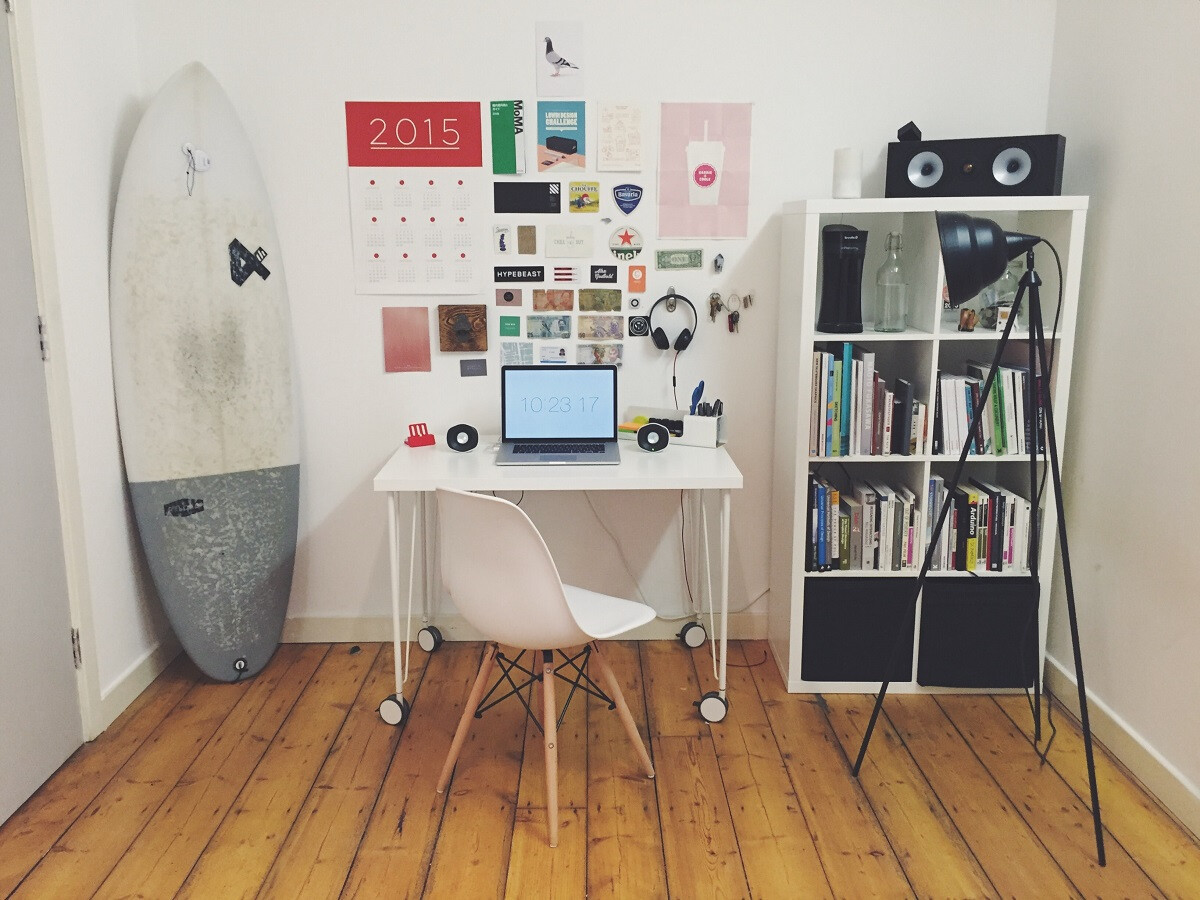
In part 1 of this Unexpected Homeschool Journey series, we talked about establishing a routine with your children as you facilitate their schooling at home. In this post, I’d like to help you undergird your routine with some organizational ideas. If you’re already an organizational guru, I’m sure you can skip this post; you could teach me a few things! If you are used to flying by the seat of your pants, it may be a real struggle for you to keep yourself or your kids on task. Basic organization can be your best friend; don’t shy away from it. As you make the effort to organize your environment, supplies, and paper trail, it will be much easier to maintain your sanity. This is a big subject for a short blog post. You can search the internet for all sorts of help and resources that I can’t post here. Remember to pray and ask for God’s help. He is ready and willing to guide you, to give you wisdom, and to uncover the precious treasures that He has waiting for you. Here are a few areas of organization and ideas to begin getting things in order:
- Environment – Take a day or two to declutter your house (or at least the room that you’ll use as a schoolroom). Set up a learning station (or perhaps a learning station for each student). Include everything they will need for their academic studies. This list might include: a laptop or tablet, plain and notebook paper, writing utensils, books, calculator, folders, binders, and art supplies. At the end of each day, be sure that the kids put everything back so that they don’t waste time searching for lost items each day that have been carried away from their work station!
- Records – If some of their work needs to be done offline, supply your students with pocket folders or binders to contain their papers and projects. Even a wire paper basket to store the completed work would be sufficient. Parents might want their own binder that becomes their “command station”. It can contain a schedule (or plan of routine), assignment list, and attendance sheets. The binder can have dividers labeled with each child’s name so that anything to pertains to one particular student, can be filed or noted under their name.
- Schedule – The schedule idea goes back to the “routine” idea from the first post of this series. If you need to spend one-on-one time with each (or some) of your students to tutor them in math or phonics, make a schedule of the times that you can work with that child for a time period (20-30 minutes? One hour?) and let the child know that his tutoring time is planned for that time slot. Again, go with the flow and remember that your plan may have to be adjusted as you go. Some activities can be done with all the children, such as reading aloud a classic book (i.e. “Chronicles of Narnia”, “The Boxcar Children”, “Little Pilgrim’s Progress”) together each day. Read-aloud time with my kids was always my favorite time of day. Let the children draw or quietly build with Legos or do a puzzle while they listen. Your children’s minds will be active and engaged with the story even when they’re keeping their hands busy.
- Free Time – I include this under organization because chaos can take over if there are kids who have too much time on their hands, don’t know how to occupy themselves, and as a result tend to aggravate their siblings or interrupt time that is needed to focus on schoolwork. I strongly suggest that you have a list posted for kids to refer to when they say “I’m bored! I don’t have anything to do!” This list should consist of acceptable activities that will be beneficial and enjoyable and can be done independently. With smaller children and toddlers, perhaps special toys or fun activities can be reserved when mom needs them to be particularly engaged in something while she is helping a different child. Obviously, the age of your children will determine what ends up on the list. My list always contained at least 25 ideas. Here are just a handful of items that can be added to the list: Play with play-do, build with legos, do a puzzle, write a skit for your stuffed animals to act out, clean your room, train the dog to do 3 new tricks, make a scrapbook page, paint a picture, read a chapter in an approved book, crochet a potholder, make a collage, exercise, write a letter to grandma, make a grocery list, do a (safe) science experiment and record your findings. You’ll be amazed at how many ideas you come up with. And you’ll feel great about how your kids are spending their free time.
These are ideas that can serve as a jumping-off point to get better organized. The goal isn't just to be organized. It’s to relieve yourself of constant decision-making that can wear anyone out. Once the organizational decisions have been made, you will be closer to having a home that feels like it’s running more smoothly in the day-to-day activities. This means less stress and more joy! Next time, we will talk about our relationships that are growing and being challenged. We are in closed quarters under new pressures with our families in a way that we have not necessarily experienced before. This new scenario is likely going to require that we acknowledge our weaknesses and allow God to grow us in the midst of it. He will give us all the wisdom we need!
“If any of you lacks wisdom, you should ask God, who gives generously to all without finding fault, and it will be given to you.” James 1:5